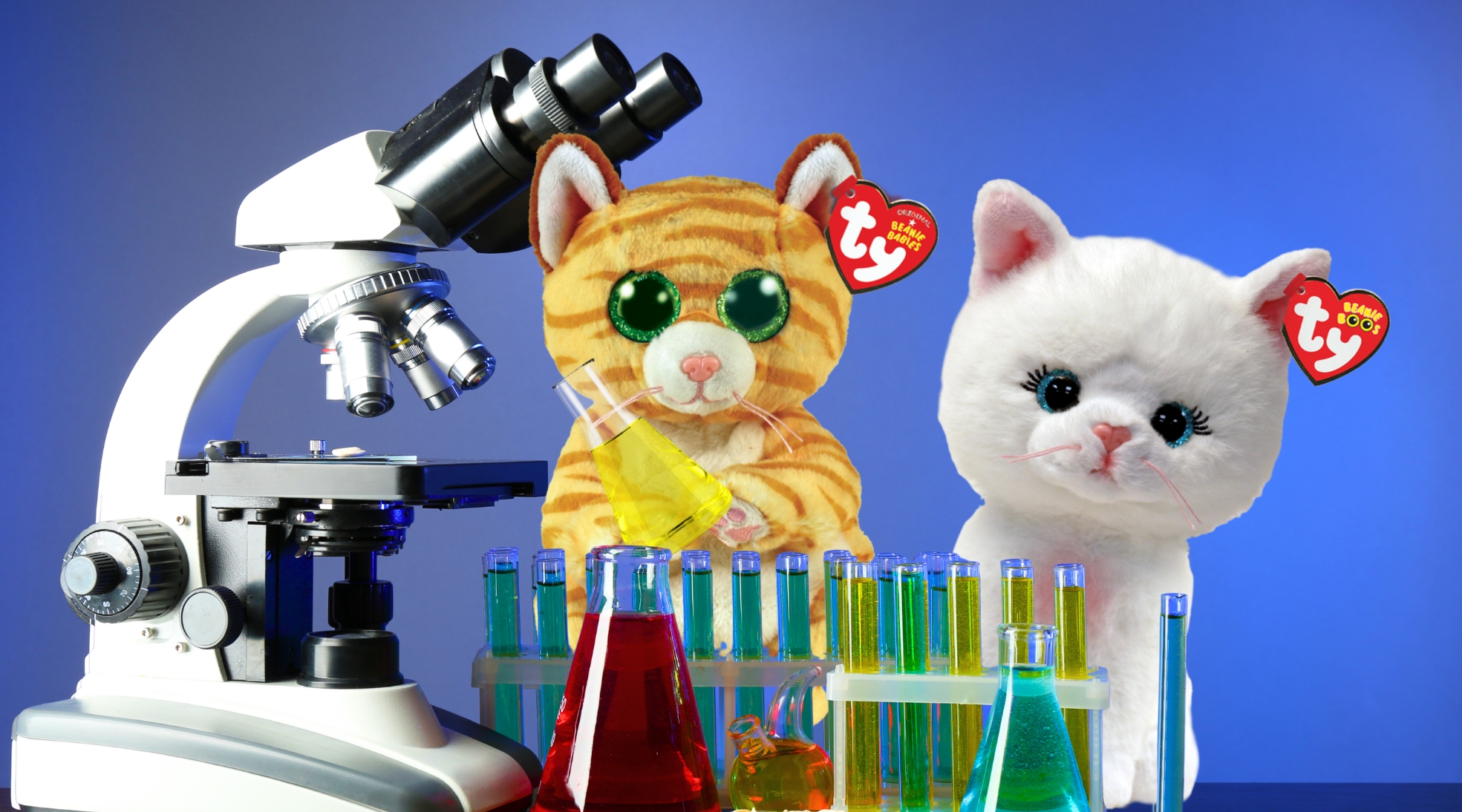From baby animals to plush toys with oversized eyes and squishy faces, there’s something about “cute” that draws us in. But why do we find these particular features irresistibly adorable? It’s time to dive into the science of cuteness, where psychology, biology, and emotional connection meet to explain why we can't get enough of those soft, huggable companions.
What Makes Something Cute?
Everyone has their own idea of what is cute. Cuteness isn't just a
feeling; it’s a scientifically studied concept. Austrian ethologist Konrad Lorenz first introduced the idea of “baby schema”, or Kindchenschema, which refers to features commonly found in infants: big eyes, round cheeks, small noses, and soft bodies. These traits trigger caregiving instincts in adults and even children, making us more likely to feel affection and a sense of protection.
When it comes to cute plushies, specific characteristics are intentionally incorporated into their design. There is a scientific reason why big-eyed stuffed animals and super-soft plush pals are so beloved. Think about your favorite stuffed animal. Does it have oversized eyes like a Beanie Boo, a tiny smile similar to Beanie Bellies, or chubby limbs as squishy and huggable as Squishy Beanies? Those are all part of the formula that activates our brains’ reward systems.
Why All Ages Love Cute Plushies
While kids naturally gravitate toward stuffed animals for comfort and play, adults aren’t immune to the charm. Cute stuffed animals spark a sense of nostalgia, warmth, and security. Adorable stuffed animals appeal to adults because they remind us of our childhood, offer emotional support, and can even help reduce stress.
There’s real science behind this cute plush appeal. Studies have shown that exposure to cute imagery can:
- Increase dopamine levels (the “feel-good” hormone)
- Improve focus and attention to detail
- Boost feelings of happiness and connection
One study published in PLoS ONE found that viewing cute images can improve task performance by increasing attentiveness and motivation. Having a lineup of cute plushies on your desk might help you work better!
Emotional Bonding and Comfort From Cute Plush Toys
Stuffed animals are emotional companions. Children often form deep attachments to their plush toys, using them for comfort, imagination, and a sense of security. This emotional imprint from cute plush toys can last into adulthood.
When times of stress or uncertainty arise, hugging a soft, cuddly, and cute stuffed animal can be incredibly soothing. The softness provides a sensory experience that calms the nervous system, while the cute design activates emotional responses that make us feel safe and supported.
Whether you're seeking a plush to soothe anxiety, a Squishy Beanie buddy for stress relief, a nostalgic throwback to retro Beanie Babies, a favorite childhood character, or a cheerful, colorful stuffed animal to brighten your space, there's a cute plush toy for every kind of comfort. From smiling sloths and oh-so-cute otters to classic teddy bears and pastel puppy plush, these soft companions continue to bring joy and connection to people of all ages.

